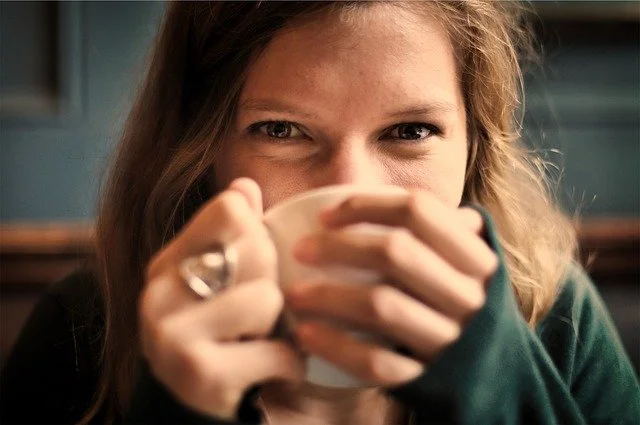A conversation partner who continues to stare at you insistently, that’s just uncomfortable. Someone who constantly avoids your gaze, ditto. So it is certain: eye contact is immensely determinative for a conversation. Scientists are now finding out how that works.
Eye contact is a must for a smooth chat. So claims Sophie W., a master’s student at Dartmouth College in Hanover, in the United States. “It’s a really powerful tool,” says the young neuropsychologist. According to her, it helps to keep a conversation going and avoid annoying silences.
Wohltjen bases this statement on an experiment with about a hundred students. These young people had to sit at a table in pairs and have a conversation about small talk because they didn’t know each other.
Meanwhile, they had to wear special eye-tracking glasses that analyzed their eye movements precisely. Afterwards, the test subjects were also questioned about the conversation: was it awkward or rather smooth?
Watching in synchrony
Wohltjen and her fellow neuropsychologists discovered that the pupils of the conversation partners synchronized with each other.
When they speak attentively, enthusiastically, or rather frantically, the pupils of both speakers dilate until the moment of eye contact. If the eye contact is then broken, the pupils shrink again, and the speakers get a moment to switch back and get their thoughts in order.
The findings were published in the scientific journal Proceedings of the National Academy of Sciences.
“In the past, it was always believed that eye contact leads to a synchronous, smooth conversation,” said Thalia Wheatley, a neuropsychology professor at Dartmouth. “But it’s not that simple. Apparently, we don’t make eye contact until we’re already in sync, and that eye contact makes it easier to take a step back. It is a stepping stone to look away again so that you have time to form new thoughts, and know what to say next.”
In other words, our pupil size is a sneaky signal from our body, with which you indicate to your interlocutor when it is time to look into each other’s eyes and then to look away again. The more often that happens, the more lively and enjoyable the conversation. That is what the scientists and the test subjects decide.
